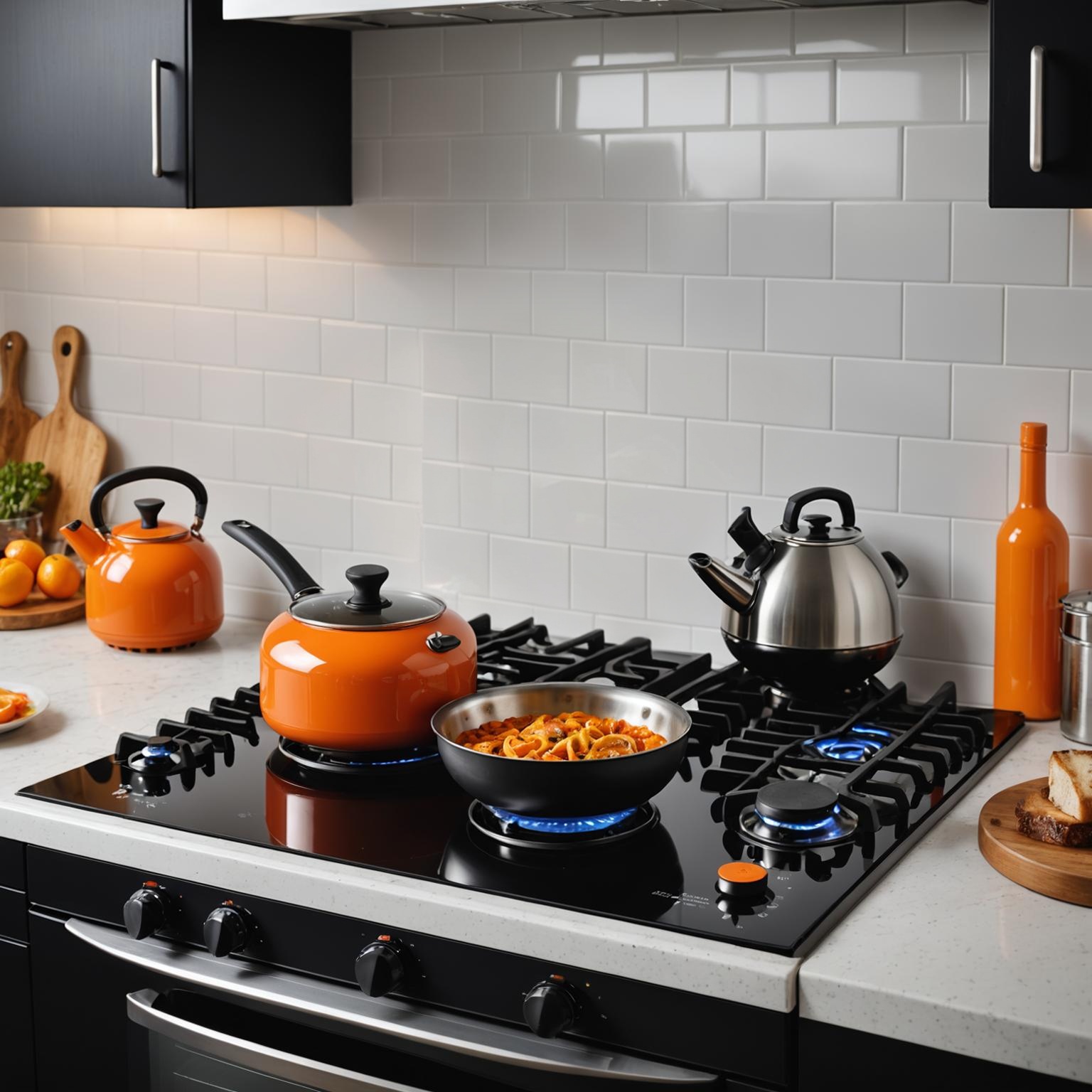The Unsung Hero of Your Kitchen
Often overlooked but critically important, the stove top surface grate is the foundation of your daily cooking adventures. It provides a stable, level platform for your pots and pans, ensuring even heat distribution and safety. While it may seem like a simple component, the material, design, and quality of your grate can significantly impact your cooking efficiency and the overall look of your kitchen. Whether you're simmering a delicate sauce or searing a steak, the right grate makes all the difference, transforming your cooktop from a basic appliance into a high-performance culinary tool. Understanding the nuances of this essential piece of equipment is the first step toward optimizing your kitchen for success.
Choosing the Right Material: Cast Iron vs. Ceramic
When selecting a new cooktop or replacing an old grate, the material is one of the most important factors to consider. The two most common options are cast iron and ceramic-coated grates. For those who demand durability and superior heat retention, cast iron cooktop grates are the gold standard. They are incredibly robust, capable of withstanding high temperatures and heavy cookware, making them the ideal choice for a heavy duty stove grate. Their mass holds heat effectively, which contributes to more consistent cooking. On the other hand, a ceramic stove grate offers a sleeker, more modern aesthetic and is often easier to clean due to its smooth surface. However, ceramic coatings can be more susceptible to chipping or scratching if not handled with care. The choice ultimately depends on your cooking style, aesthetic preference, and maintenance habits.
A Closer Look at Stove Grate Parts and Maintenance
Every kitchen stove grate is designed to fit a specific model, and understanding its components is key to proper maintenance and repair. A typical setup consists of individual grates that can be removed for cleaning. Over time, the feet or bumpers on the bottom of these grates can wear out, causing them to wobble. Sourcing the correct stove grate parts is crucial for a safe and stable cooking surface. Regular cleaning is also vital to prolong the life of your grates. For cast iron, it's best to avoid harsh abrasives and allow them to dry completely to prevent rust. For ceramic models, a simple wipe-down with a non-abrasive cleaner is usually sufficient. Proper care ensures your grates remain functional and look great for years to come.
Why a Heavy Duty Stove Grate is a Worthwhile Investment
Investing in a high-quality, heavy duty stove grate is an investment in safety, performance, and longevity. A superior grate is manufactured to precise standards, ensuring it sits perfectly level without rocking or shifting. This stability is paramount for preventing dangerous spills of hot liquids and food. Manufacturers who adhere to strict quality management systems, like ISO 9001, produce components that offer enhanced durability and reliability. Furthermore, products that meet international certifications (such as VDE, TUV, or UL) provide an extra layer of assurance that you are purchasing a safe and well-made product. A well-constructed stove top surface grate not only supports heavy pots with ease but also contributes to better cooking results by maintaining a consistent distance between the flame and the cookware.







